Coronavirus: how does the traffic light exit strategy work?
New report by PM’s former adviser backs phased return to normal life after lockdown
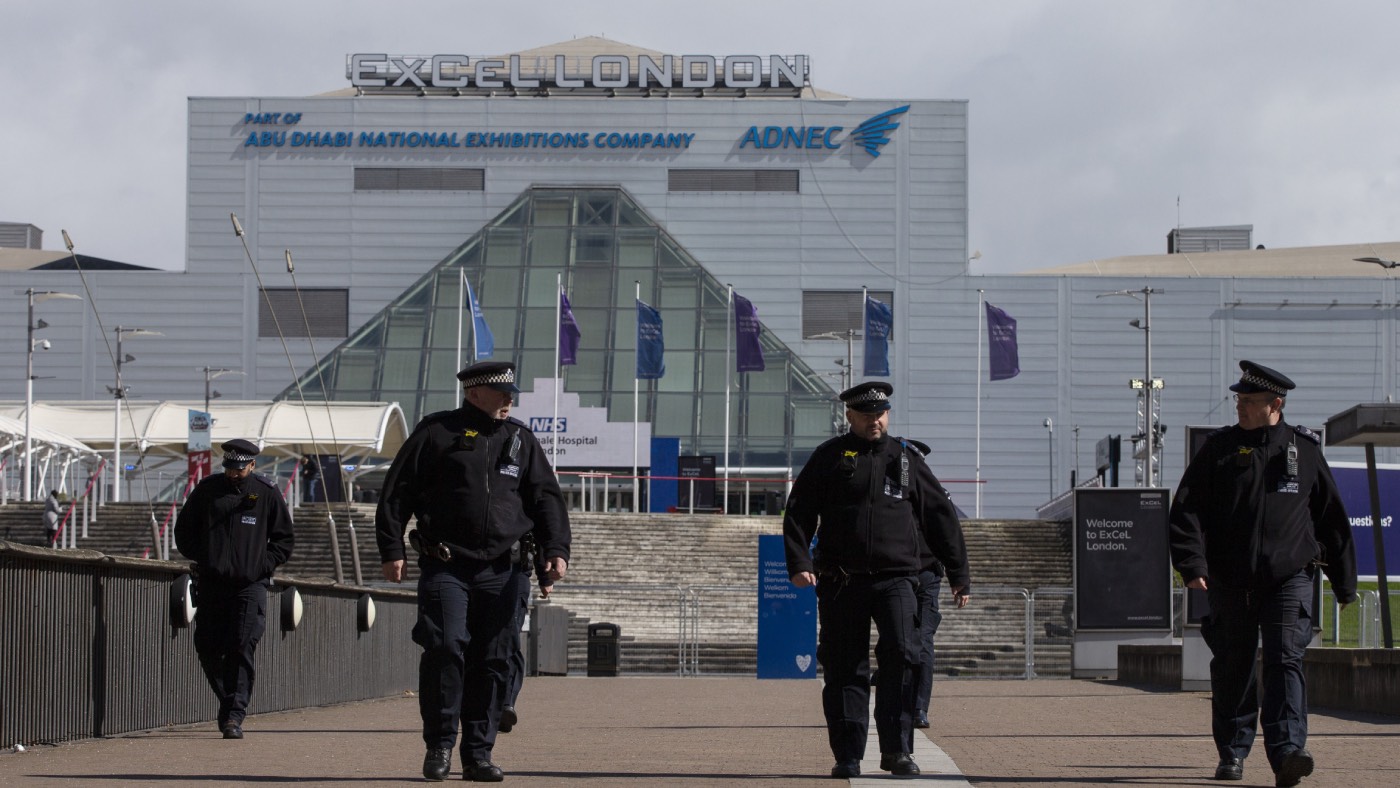
A new exit strategy from the UK’s coronavirus lockdown has been put forward by Boris Johnson’s former chief economic adviser.
Gerard Lyons - who served under Johnson when the now prime minister was mayor of London - and fellow economist Paul Ormerod have published a paper setting out a three-step “traffic-light route” for a gradual return to normal life as social distancing measures are eased.
What is the traffic light exit strategy?
The Week
Escape your echo chamber. Get the facts behind the news, plus analysis from multiple perspectives.

Sign up for The Week's Free Newsletters
From our morning news briefing to a weekly Good News Newsletter, get the best of The Week delivered directly to your inbox.
From our morning news briefing to a weekly Good News Newsletter, get the best of The Week delivered directly to your inbox.
The strategy is a phased exit plan in which the current lockdown is followed by three distinct stages: red, amber and then green.
“We would go, first, from lockdown to red, where we must still stop doing things we might have done before the crisis. Then to amber, as conditions improve, but we still need to be careful. Eventually, back to green, when medical experts can give the all-clear,” Lyons and Ormerod say in their report.
The pair argue that such a system “gives hope” and reduces the risk of the “rebellion” by fed-up members of the public that former Bank of England governor Mervyn King warned of last week.
King, who was in charge of the Bank during the 2008 financial crisis, insists that strict physical distancing measures cannot continue for “months and months” without triggered a widespread backlash.
A free daily email with the biggest news stories of the day – and the best features from TheWeek.com
Lyons and Ormerod say that by contrast, a phased peeling back of lockdown measures would ease both “the pressures on mental health and fears about domestic abuse that have risen during the lockdown”.
“The lockdown is helping overcome the health risk the country faces. However, only by ending the lockdown can we address the economic, social and quality of life challenges,” they say.
The pair believe that the key to repealing the lockdown measures is to do it gradually, so that the number of infections does not spike again. A gradual reversion to normal combined with some changes to behaviour - such as fewer handshake and kiss greetings - should prevent another major outbreak.
“If people revert very quickly to the patterns of behaviour before the crisis, the epidemiological models are correct. There would be a second wave of infections. But behaviour will be different, either because of the lessons people have learned during this crisis, or because of the constraints placed upon them by rules and regulations,” the report says.
Red phase
The first phase after lockdown would be called “red”, to “ensure people stopped to think before they did things”.
More shops would open, but customers would have to continue to adhere to the strict social distancing measures currently in place in most supermarkets. Not all shops would be allowed to open, and some that were permitted might not do so, “for commercial reasons, as demand would be low”.
Travel would still be discouraged and many international flights would still be banned.
Amber phase
The following phase would be “amber”. In this stage, unlimited private car journeys would be allowed, as would travel by public transport.
In order to minimise pressure on public transport, and crowds, there would have to be attempts to vary the rush hour, with different opening and closing times,” say Lyons and Ormerod.
It might also be compulsory for people to wear masks and disposable gloves while using public transport - although given the current shortage of personal protective equipment (PPE) for front-line healthworkers, it is not clear how the wider population could be adequately equipped.
Restaurants would be permitted to reopen in the amber phase, but like shops, would have to adhere to strict social distancing measures, such as seating demarcations.
Green phase
The green phase would be a return to life like that before the coronavirus pandemic. Sporting events and mass gatherings could take place again, and places of worship reopen.
Mass transit could also resume as normal.
–––––––––––––––––––––––––––––––For a round-up of the most important stories from around the world - and a concise, refreshing and balanced take on the week’s news agenda - try The Week magazine. Start your trial subscription today –––––––––––––––––––––––––––––––
What will it be time to start the exit?
Lyons and Ormerod don’t question the current need for a lockdown. Indeed, the two economists’ newly published report notes that the government’s previous strategy of acquiring herd immunity was subject to “much criticism, and rightly so”.
The pair cite research from scientists at Imperial College, who are advising the government on its coronavirus response and who say that “the virus will be able to spread rapidly should interventions be lifted”.
The experts say that a key consideration in ending the lockdown is the “reproduction number” of the virus - the average number of people who will be infected by one contagious person.
Estimates put the organic reproduction rate of the Covid-19 coronavirus at around 2 to 3.5, though that falls to around 0.62 in the UK with current physical distancing measures in place, according to calculations by a team at the London School of Hygiene and Tropical Medicine.
The goal is to keep reproduction levels low enough to ensure the NHS will not be overwhelmed while allowing for some freedoms to be reintroduced. People most at risk from the virus will still need to be shielded from the wider population to some degree, say Lyons and Ormerod.
The pair conclude: “We support the current lockdown. It is due to last until Easter Monday. The question then is what happens?”
-
 Cryptocurrency and the future of politics
Cryptocurrency and the future of politicsIn The Spotlight From electoral campaigns to government investments, crypto is everywhere and looks like it’s here to stay
-
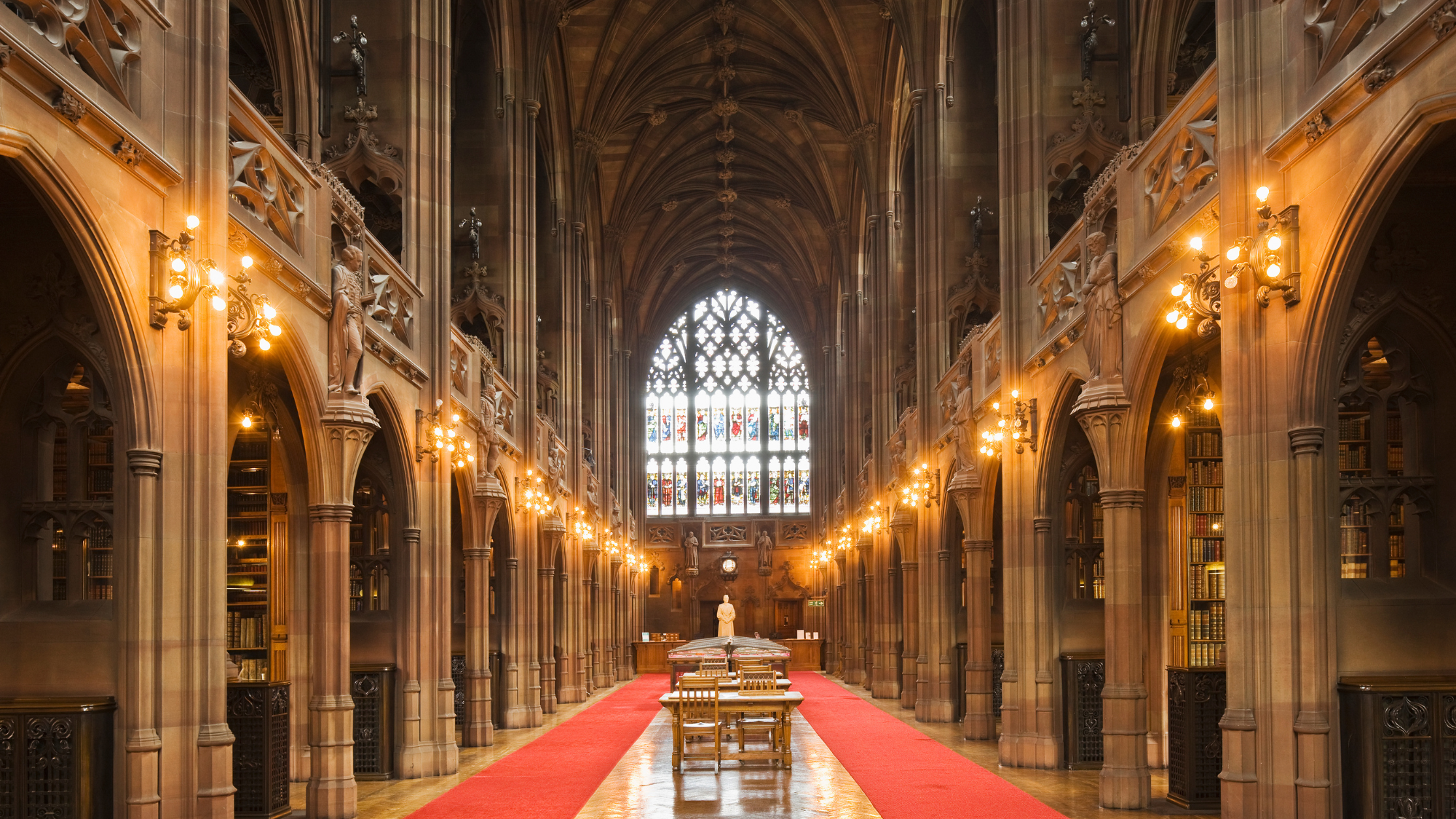 Ssh! UK libraries worth travelling for
Ssh! UK libraries worth travelling forThe Week Recommends From architectural delights to a ‘literary oasis’, these are some of the best libraries around the country
-
 A fentanyl vaccine may be on the horizon
A fentanyl vaccine may be on the horizonUnder the radar Taking a serious jab at the opioid epidemic
-
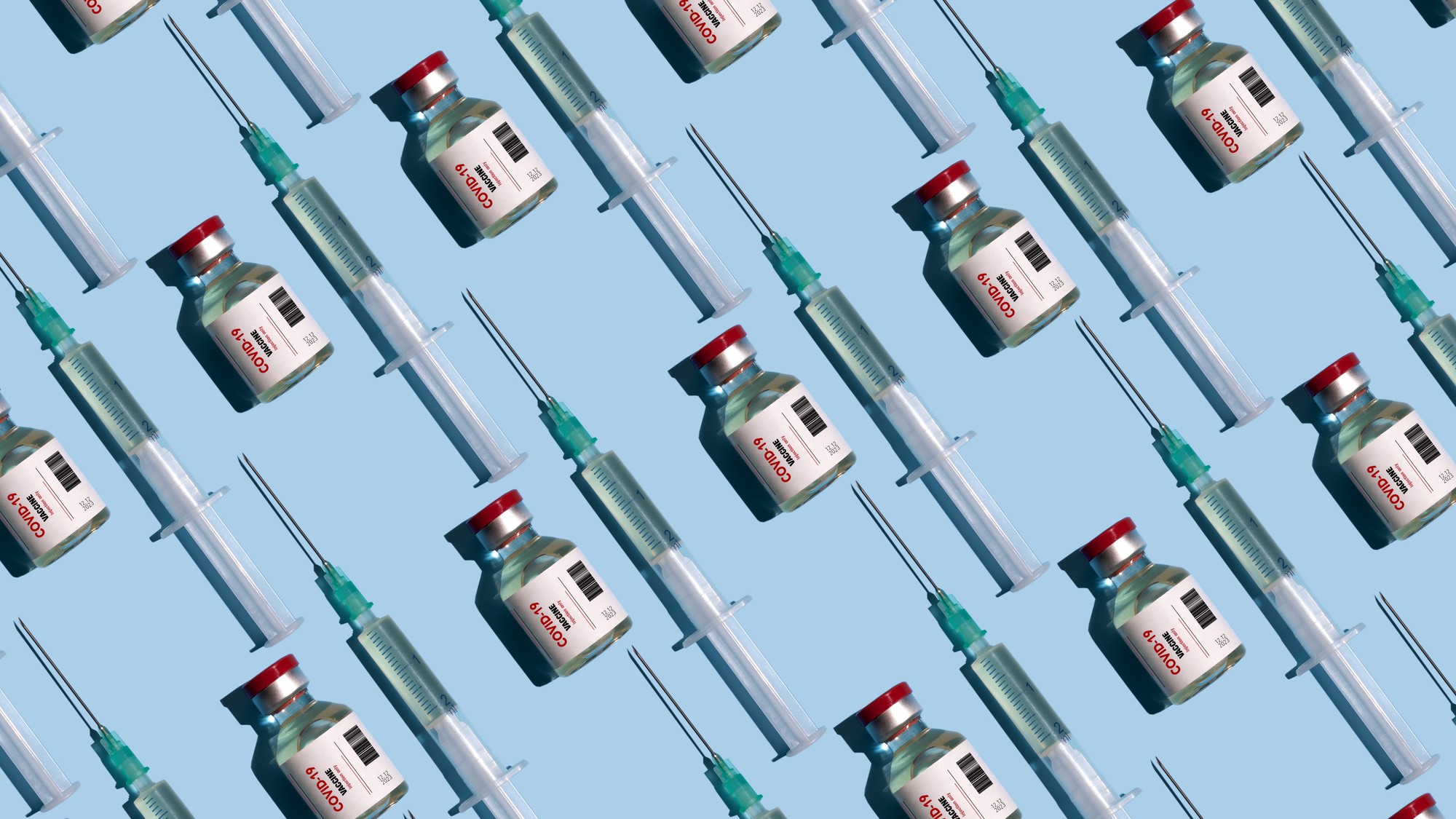 Covid-19 mRNA vaccines could help fight cancer
Covid-19 mRNA vaccines could help fight cancerUnder the radar They boost the immune system
-
 The new Stratus Covid strain – and why it’s on the rise
The new Stratus Covid strain – and why it’s on the riseThe Explainer ‘No evidence’ new variant is more dangerous or that vaccines won’t work against it, say UK health experts
-
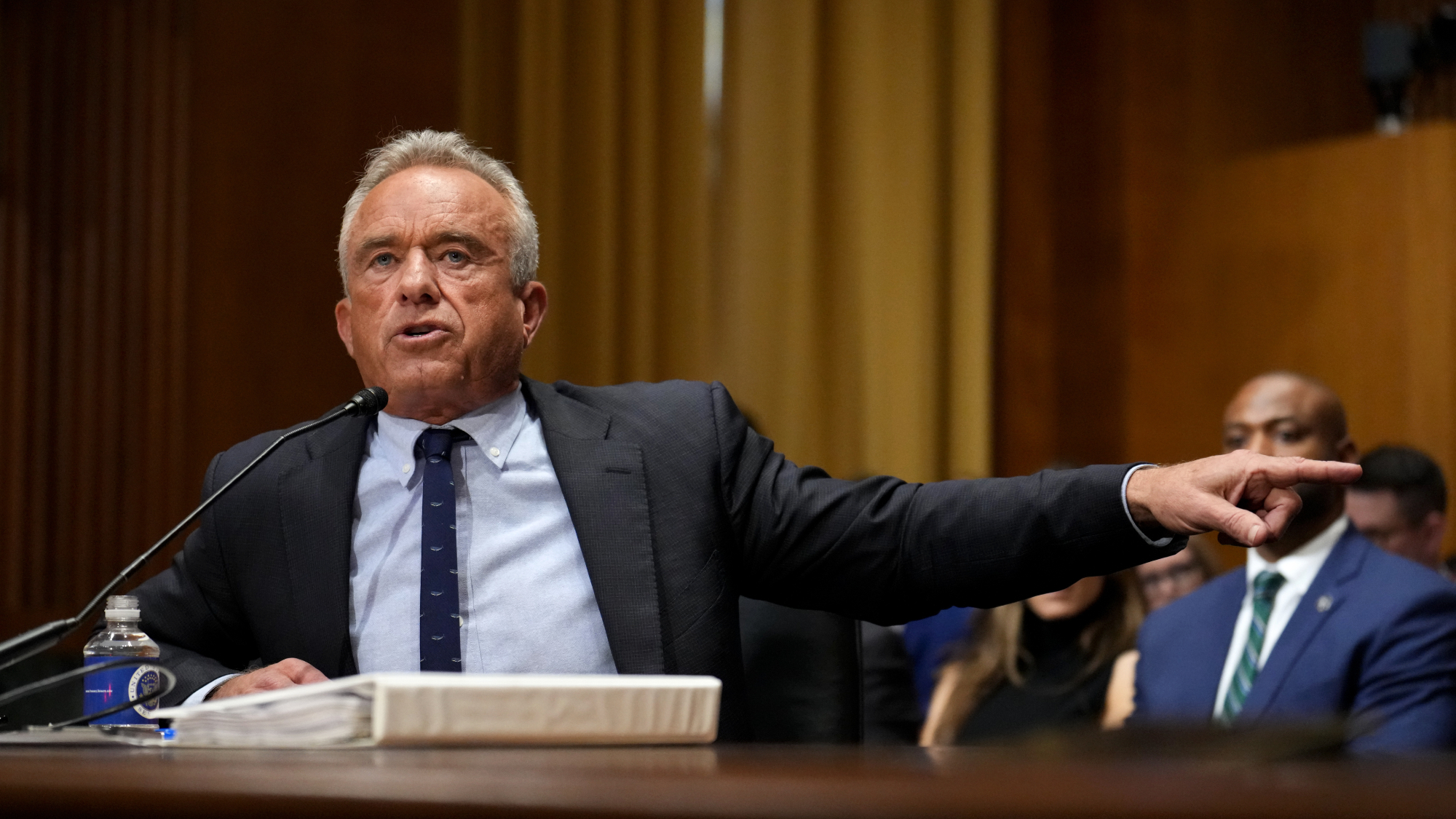 RFK Jr. vaccine panel advises restricting MMRV shot
RFK Jr. vaccine panel advises restricting MMRV shotSpeed Read The committee voted to restrict access to a childhood vaccine against chickenpox
-
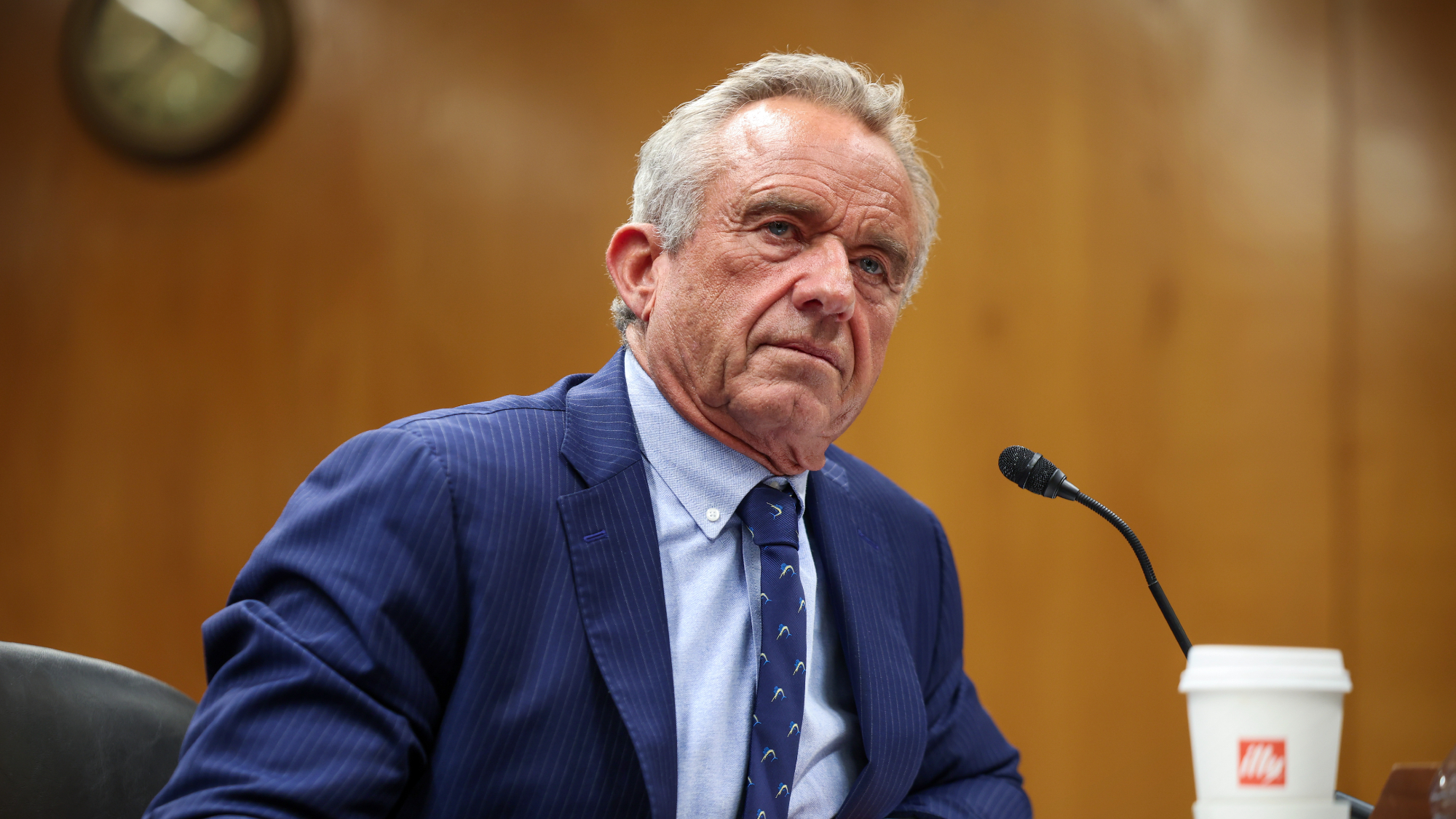 RFK Jr. scraps Covid shots for pregnant women, kids
RFK Jr. scraps Covid shots for pregnant women, kidsSpeed Read The Health Secretary announced a policy change without informing CDC officials
-
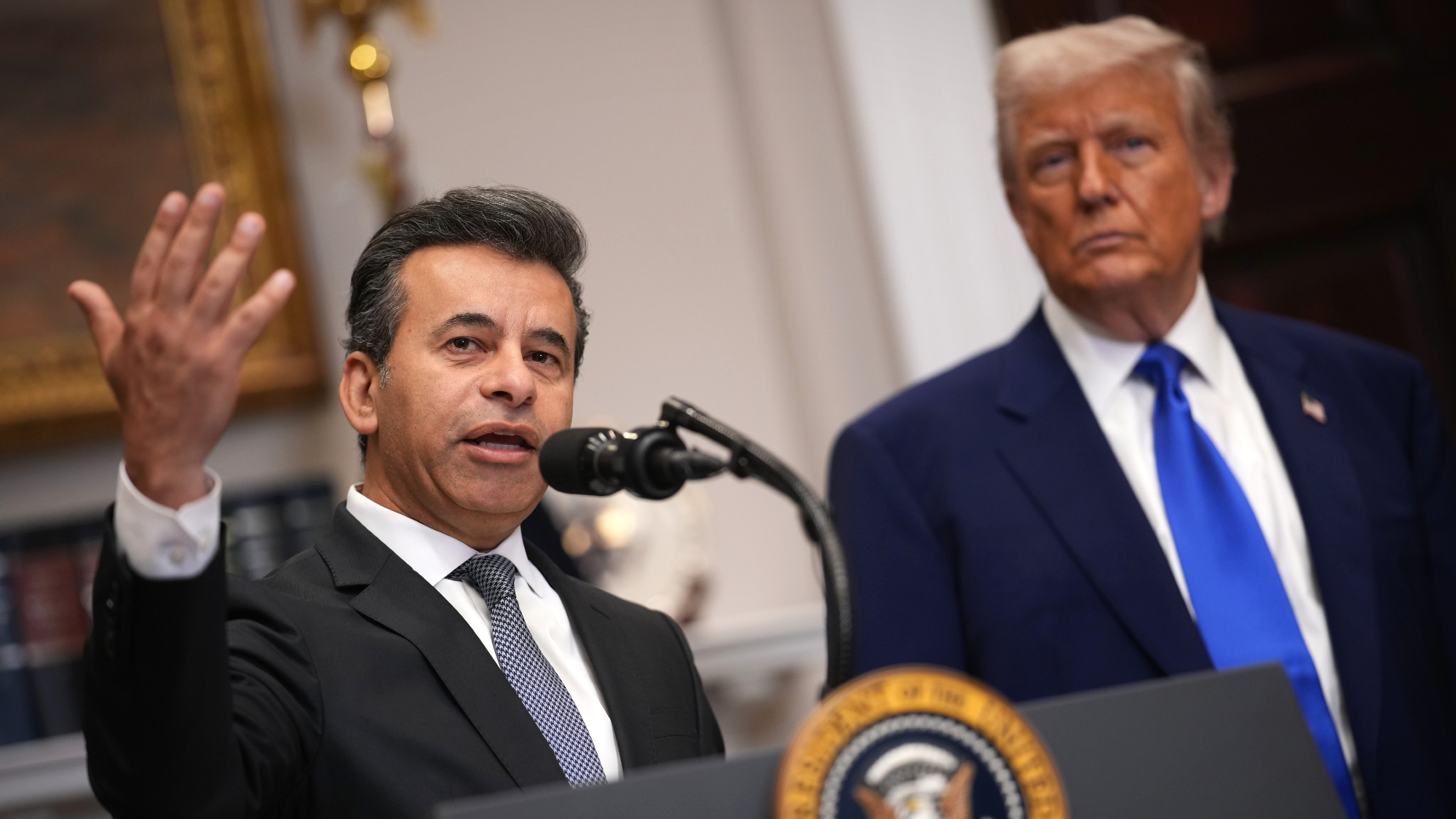 New FDA chiefs limit Covid-19 shots to elderly, sick
New FDA chiefs limit Covid-19 shots to elderly, sickspeed read The FDA set stricter approval standards for booster shots
-
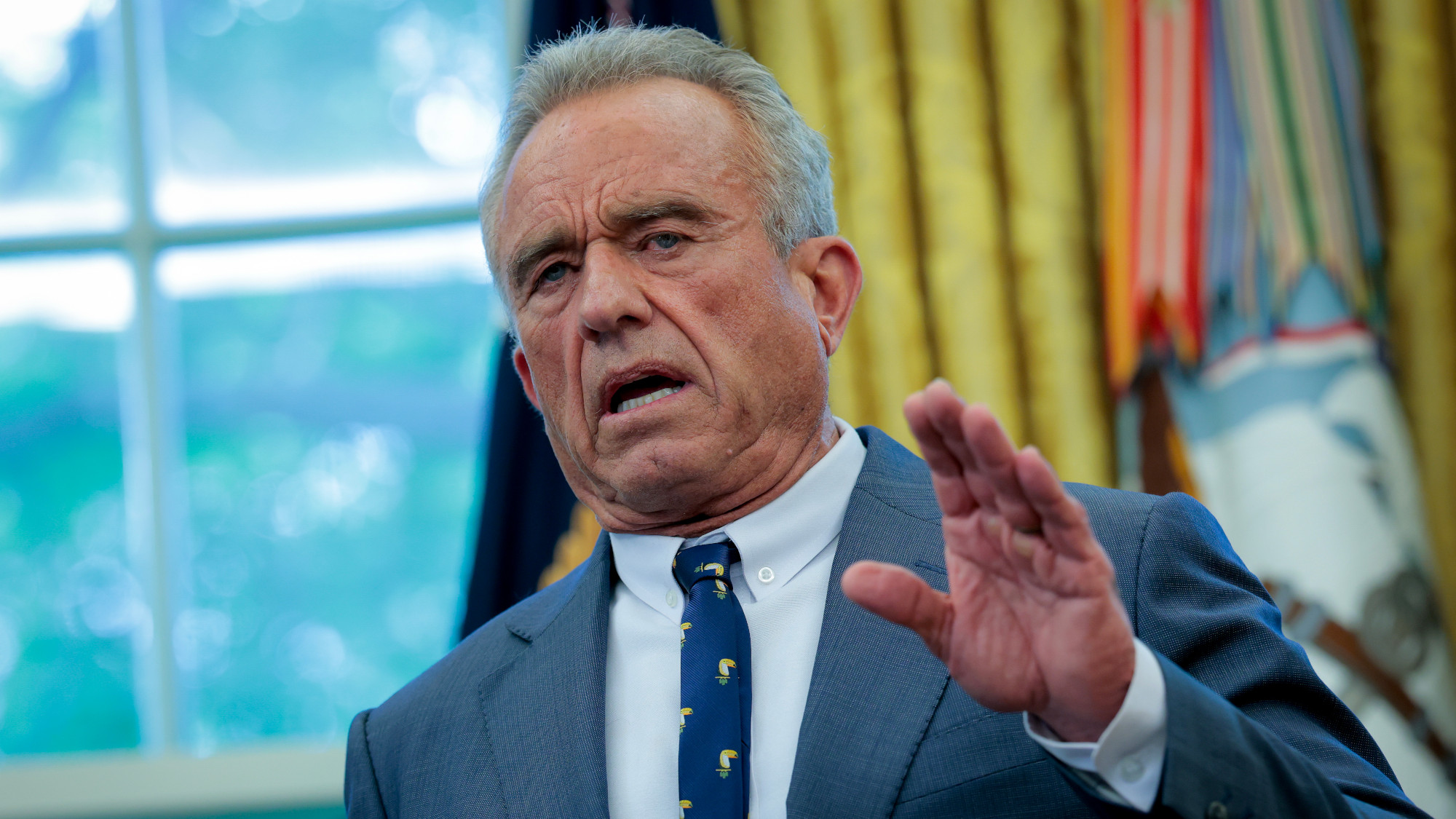 RFK Jr.: A new plan for sabotaging vaccines
RFK Jr.: A new plan for sabotaging vaccinesFeature The Health Secretary announced changes to vaccine testing and asks Americans to 'do your own research'
-
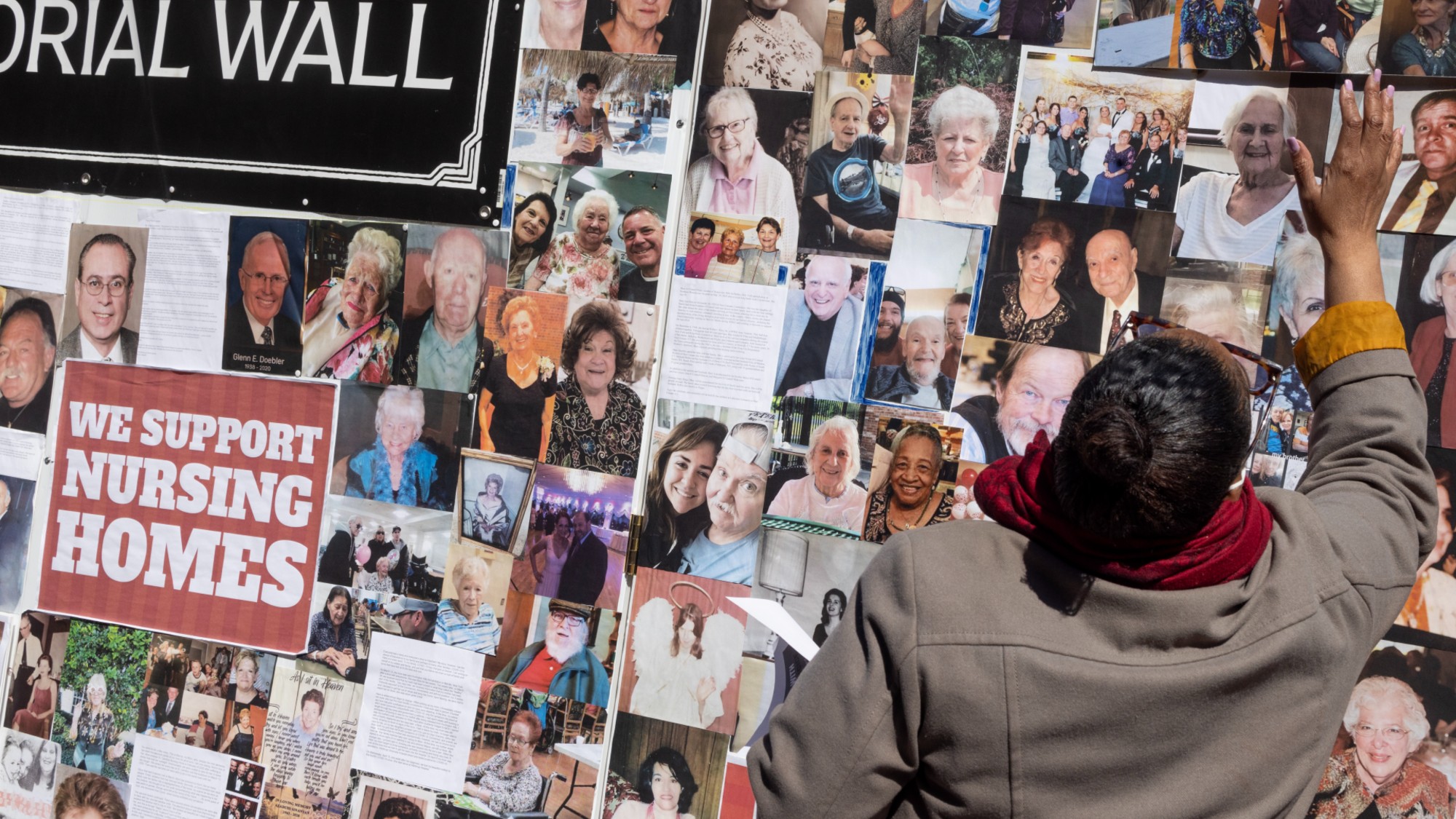 Five years on: How Covid changed everything
Five years on: How Covid changed everythingFeature We seem to have collectively forgotten Covid’s horrors, but they have completely reshaped politics
-
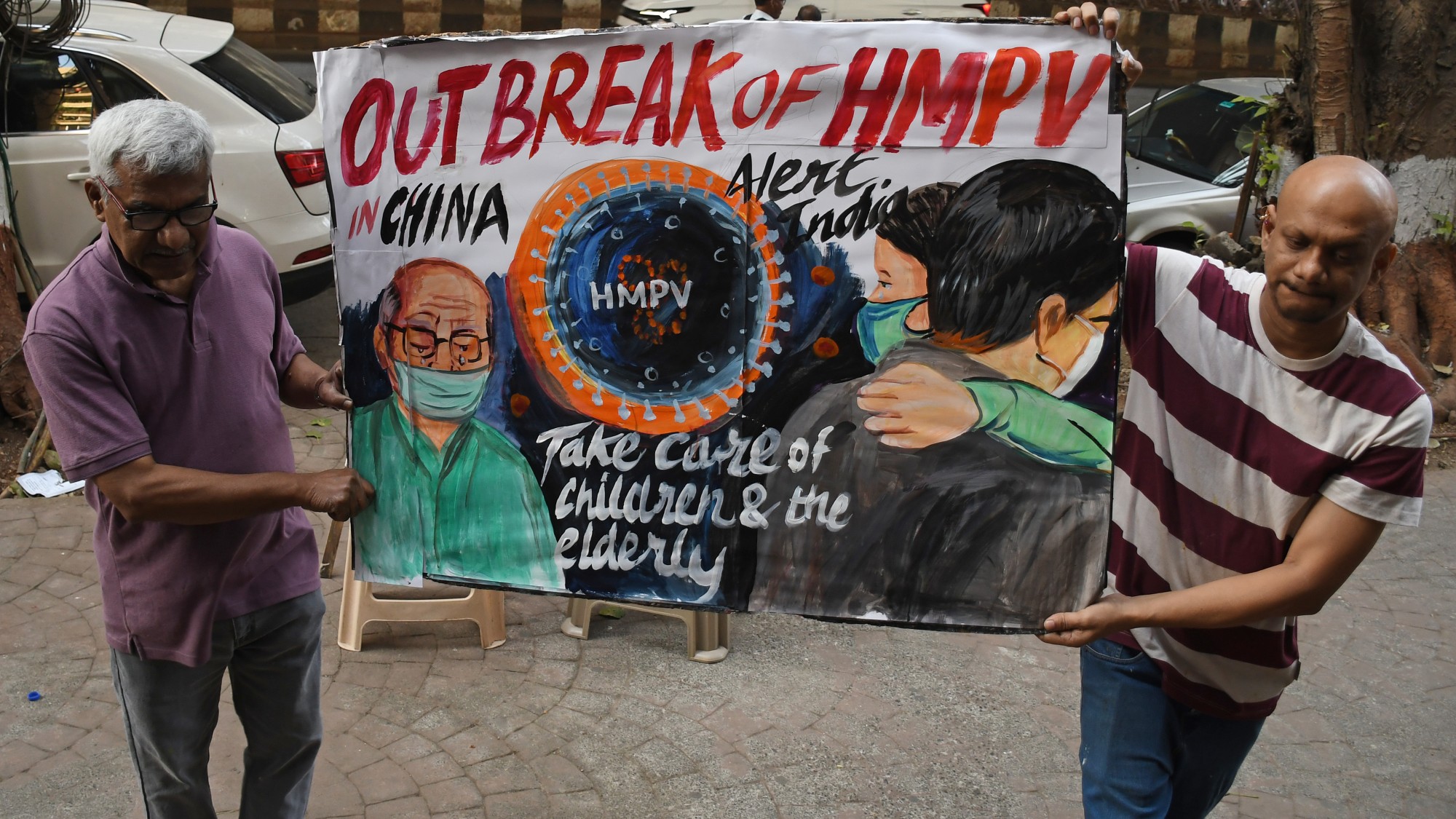 HMPV is spreading in China but there's no need to worry
HMPV is spreading in China but there's no need to worryThe Explainer Respiratory illness is common in winter